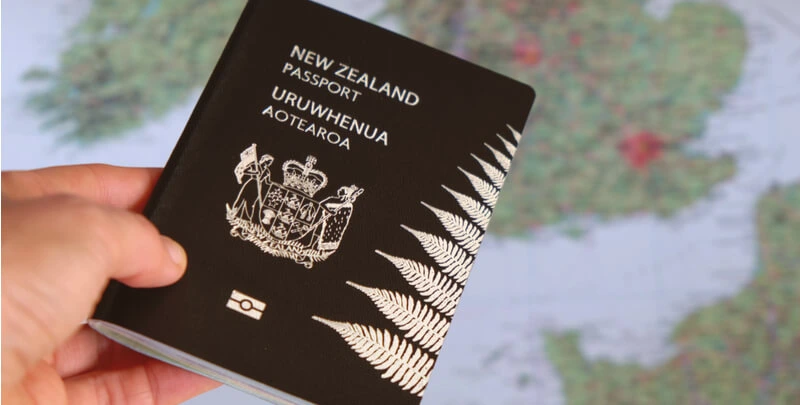In the fashion value, the award for the garment that has the most controversial history would have probably given to the corsets. Yes, it has been the matter of muse for years and it keeps making a comeback in different incarnations. Hollywood celebrities like Kim Kardashian, Kylie Jenner, Bella Hadid have styled this garment in a waist trainer form with grace and everyone went crazy to try them out.But first of all, let me tell you a brief introduction to this debatable garment. Corsets are the right fitted garments that are used to get the desired shape of the waist. Furthermore, it is also used to correct the posture. It is usually made of whalebone, Fabric, steel, etc. It comes in a huge range of variety that claims to serve you with the smaller torso Basically what it does is provide compression to the torso area for a slimmer effect, pushing the bust area to make it look uplifting. Women wear to achieve the perfect hourglass figure. Some historians claim it to be as medically deteriorating while some have other opinions about it being functional. It would be interesting to have a look at its history. So, let’s have a sneak peek over the history of forestry:
Brief history
The term corset has a Latin origination and we can’t really find the exact time or era when it is first introduced or who invented this garment. There are some traces of its appearance in the Crete Babylonian civilization. In ancient times, it was popularly called apodesmos. It is generally used as an undergarment that provides structure to the figure. It was worn both by men and women as a preventive orthopaedic device. Later on, the corsets became the garment worn only by women. It is worn by boys until they turn six and girls continue to wear it for the rest of their life.
It is the medieval period when the craze for smaller waist has started picking up the trend. The tight bodices have now started to make their space into every woman’s wardrobe especially in Europe. But it was a very difficult task to detect these waist cinchers as they are worn under the layers of clothing pieces, as an undergarment.
From around the 17th century onwards, the term “stays” is mostly used for tight-fitting, rigid bodices or just simply corsets. The different terms for almost the same clothing piece make it a challenging task to trace down the history of that particular garment. The same happens in this case too. During this time, the materials used for making stays or corsets aren’t that strong as compared to the material used in the later ages. During the 16th and 17th centuries, stays or corsets were worn both as underwear and outerwear.
During the age of enlightenment or the 18th century, the corsets were designed in a more exaggerated form. Inverted cone-shaped or V-shaped corsets were highly popular during this period to achieve an overblown hourglass figure. However, jumps were also a common choice amongst worn of that period who don’t want to wear constraining and rigid stays, while some women chose it to wear on informal occasions. Jumps wee sleeves short jacket with partial boning and softer materials like pads which provided support.
While the early 18th century witnessed short stays and jumps, the Victorian era corsets were longer and focussed on more natural hourglass figures rather than on unnatural tiny waist. During the later stages of this era, tight lacing gained enormous popularity and women tried to achieve tiny waistlines once again. The introduction of modern busks to the corsets was a great step that helped women to get in and out of the corset with more ease. Steel boning is also seen in the corsets of this time.
During the later period, with the introduction of girdle, brassieres, Spanx, waist trainers, the use of corsets decreased. Some Doctors and Anatomists focussed on the ill-effects of wearing corsets from time to time as they restrain the movement and deteriorate the health of the wearer if worn for a longer period. Also, some women and some social activists also affirmed the fact and opposed the tradition of wearing corsets.
With the betterment in the condition of women in society, their choices are now valued more than in the previous periods. Now, women wear corsets because they want to wear them, not because they have expected to in order to attain the cultured look.








